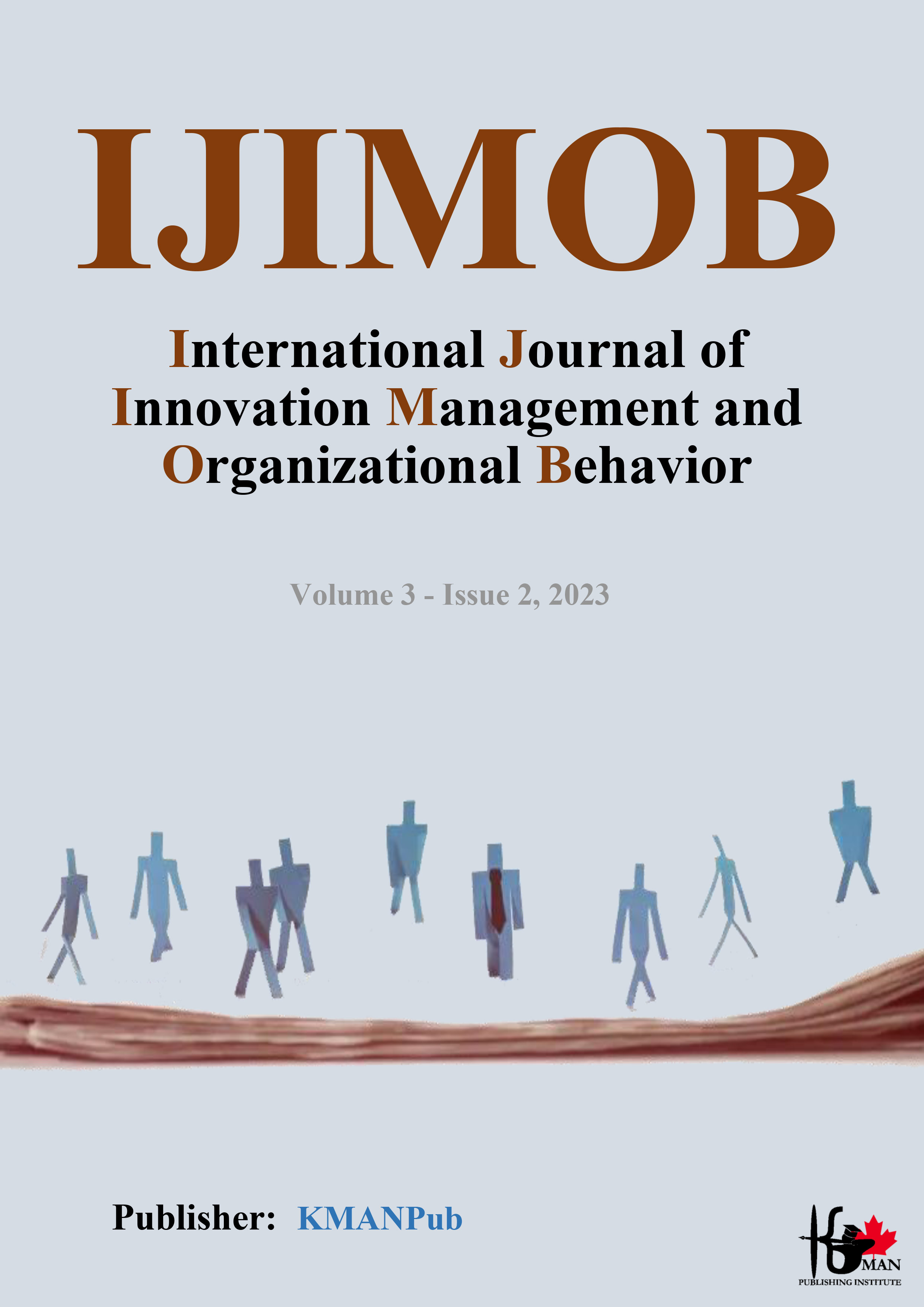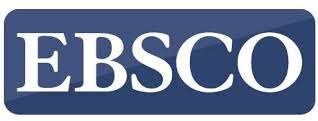Identifying and Screening Components and Indicators of Brand Management Positioning in Art
Keywords:
Brand Management Positioning, Art, Qualitative Content Analysis, Systematic Review, Fuzzy ScreeningAbstract
Objective: The objective of this study is to identify and screen the components and indicators of brand management positioning within the art industry.
Methodology: This research employs a mixed-methods approach, incorporating both qualitative and quantitative methods. The study is interpretive, with an inductive approach, and is classified as cross-sectional. Data collection involved a combination of library and field studies. The qualitative section analyzed 166 articles using open, axial, and selective coding to identify key positioning components. The quantitative section involved a purposive sample of 28 industry and academic experts from the seven fields of art, who participated in a fuzzy screening process to evaluate the importance of the identified components and indicators.
Findings: The qualitative analysis resulted in the identification of 83 initial indices, which were grouped into 15 general components and ultimately categorized into three main dimensions: resources and assets, capabilities, and benefits of positioning. The fuzzy screening process revealed that the importance of these components varied across the seven artistic fields. The most emphasized indices for effective positioning were understanding audience needs, audience relationship management, brand identity, use of new technology, innovative products/services, advertising and public relations, sales policy, and brand reputation. Key components included audience-centricity, financial resources, brand assets, financial benefits, audience engagement, marketing capabilities, relational benefits, differentiation from competitors, and networking capabilities.
Conclusion: This study provides a structured framework for brand positioning in the art industry, emphasizing the need for a tailored approach based on the specific characteristics of each artistic field. The findings highlight the importance of leveraging audience understanding, innovative practices, and effective communication to create a distinctive brand image.
Downloads
Downloads
Additional Files
Published
Submitted
Revised
Accepted
Issue
Section
License
Copyright (c) 2023 Samaneh Khanjani Khabaz Rashti (Author); Abolfazl Davodiroknabadi (Corresponding Author); Salar Zohoori, Shahnaz Nayebzadeh, Hossein Ardalani (Author)

This work is licensed under a Creative Commons Attribution-NonCommercial 4.0 International License.
















